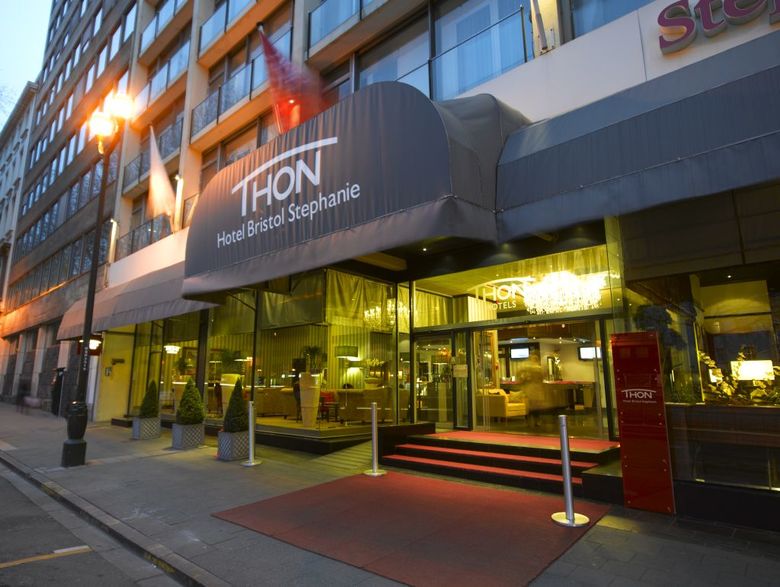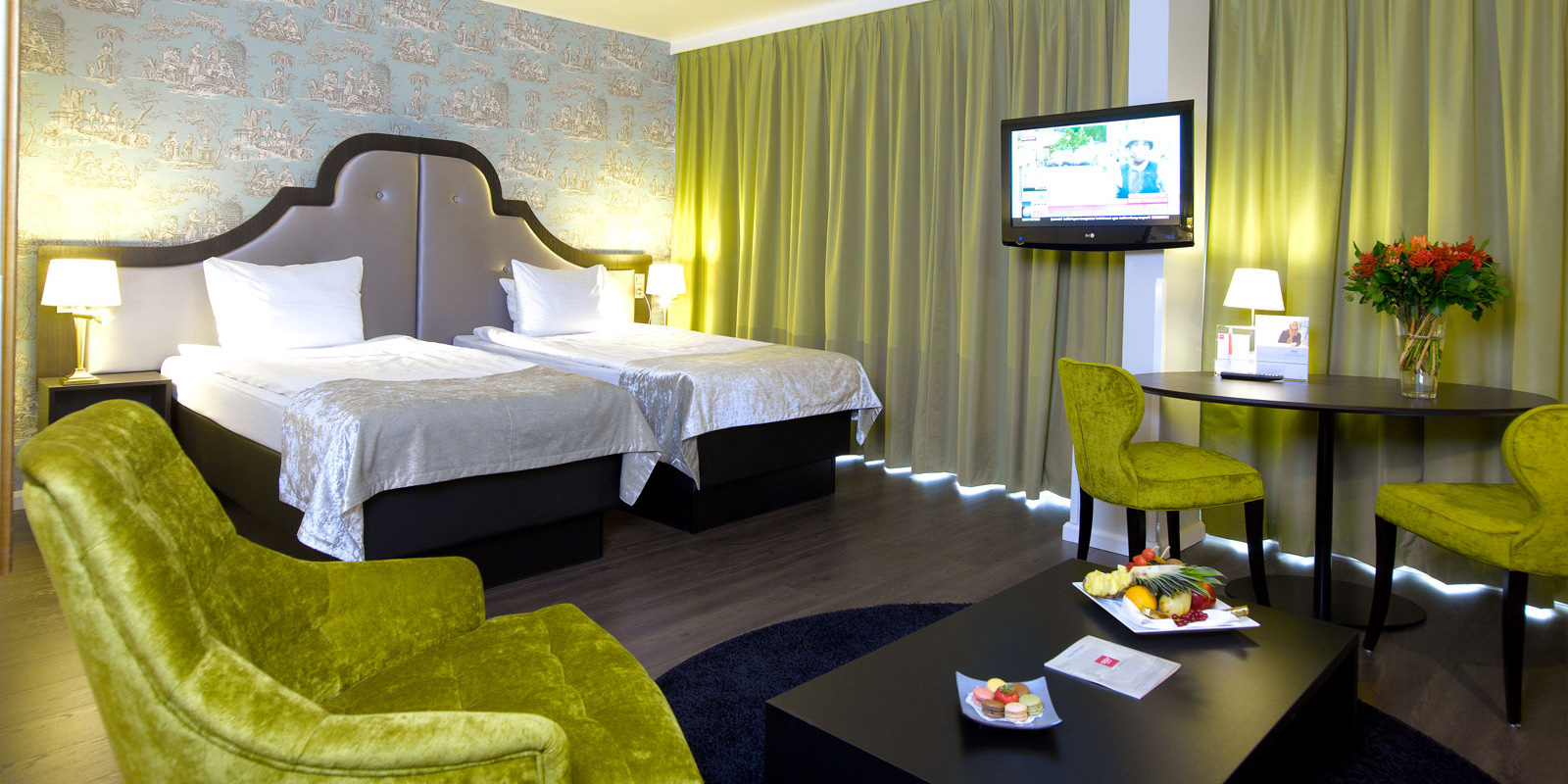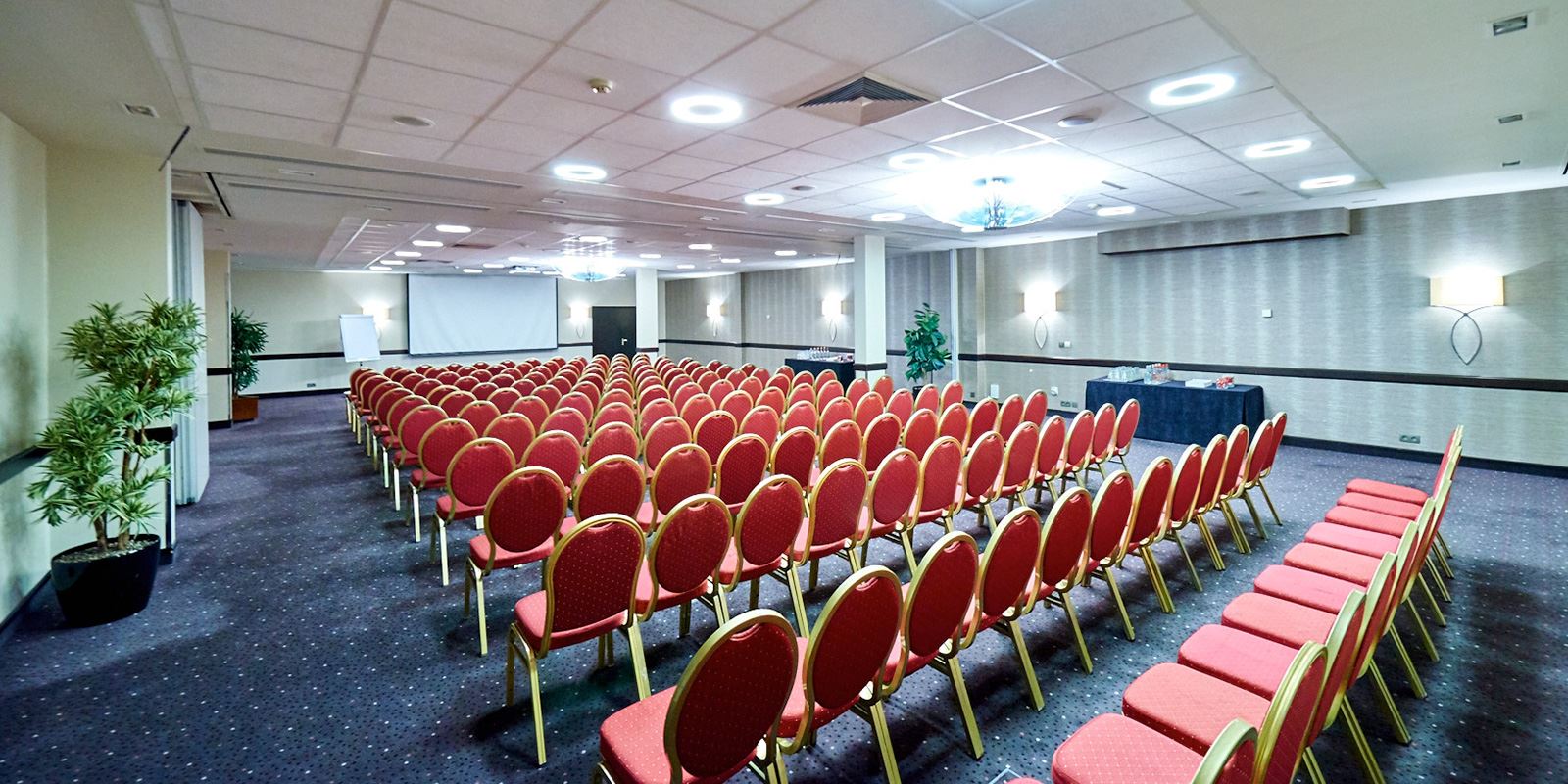Venue & Hospitality
Welcome to the Official Attendee Housing Site for the 3rd International Conference on Pharmaceutical Chemistry, which will be held in the beautiful and exciting city of Brussels.
Conference Location:
Thon Hotel Bristol Stephanie
Avenue Louise 93, 1000
Bruxelles, Belgium
Conference Dates: December 07-08, 2018
Hotel Services & Amenities
- Audio/Visual Equipment Rental.
- Business Center.
- Business Phone Service.
- Complimentary Printing Service.
- Express Mail.
- Fax.
- Meeting Rooms.
- Office Rental.
- Photo Copying Service.
- Secretarial Service.
- Telex.
- Typewriter.
- Video Conference.
- Video Messaging.
- Video Phone.
- ATM.
- Baggage Storage.



Transportation
Driving Directions to
Driving Directions to
Directions From Brussels Airport to Thon Hotel Bristol Stephanie
Distance from Airport to Hotel: 14.2 km
Time period: 21 mins
Get on A201
- Head north on Vilvoordelaan/N262
- At the roundabout, take the 3rd exit onto the A201 slip road to Brussel/Vilvoorde/Haacht/Ring
- Keep left and merge onto A201
Take Exit Zaventem, R22, E40, N23 and R20 to Boulevard de Waterloo/Waterloolaan in Brussel. Take the exit from R20
- Merge onto A201
- At the Zaventem junction, Use the right 2 lanes to follow signs for E40 towards E411
- Merge onto R22
- Use the left lane to merge onto E40 via the slip road to Bergen/Namen/Charleroi/Luik/E411/E19/Leuven
- Use the right lane to keep right at the fork, stay on E40 and follow signs for Luik/Leuven/Brussel
- Take the exit to stay on E40 towards Brussel
- Keep left to stay on E40
- Use the right 2 lanes to take the exit towards Centrum/Centre
- Keep left at the fork, follow signs for Centre-Centrum/Meiser
- Continue onto N23
- At the roundabout, take the 2nd exit onto Rue de la Loi/Wetstraat/N23/N3a
- Use the left 2 lanes to turn left onto the slip road to R20
- Keep left and merge onto R20
- Use the right 2 lanes to take the exit towards Boulevard de Waterloo/Waterloolaan
Follow Boulevard de Waterloo/Waterloolaan to Avenue Louise/Louizalaan
- Keep left to continue on Boulevard de Waterloo/Waterloolaan
- Keep left to stay on Boulevard de Waterloo/Waterloolaan
- At the roundabout, take the 3rd exit onto Avenue Louise/Louizalaan
- Keep right to stay on Avenue Louise/Louizalaan
Route Map
About City
Belgium authoritatively the Kingdom of Belgium, is a sovereign state in Western Europe flanked by France, the Netherlands, Germany, Luxembourg, and the North Sea. It is a little, thickly populated nation which covers a zone of 30,528 square kilometers (11,787 sq mi) and has a populace of around 11 million individuals. Straddling the social limit amongst Germanic and Latin Europe, Belgium is home to two primary semantic gatherings: the Dutch-talking, for the most part Flemish people group, which constitutes around 59% of the populace, and the French-talking, for the most part Walloon populace, which includes 41% of all Belgians. Furthermore, there is a little gathering of German-speakers who live in the East Cantons situated around the High Fens zone, and flanking Germany.
Generally, Belgium, the Netherlands and Luxembourg (alongside parts of Northern France and Western Germany) were known as the Low Countries; it once secured a fairly bigger region than the present Benelux gathering of states. The area was called Belgica in Latin, after the Roman territory of Gallia Belgica. From the end of the Middle Ages until the seventeenth century, the range of Belgium was a prosperous and cosmopolitan focus of trade and culture. From the sixteenth century until the Belgian Revolution in 1830, when Belgium withdrew from the Netherlands, the region of Belgium served as the battleground between numerous European forces, making it be named the "Combat zone of Europe," a notoriety fortified by both world wars.
Today, Belgium is a government sacred government with a parliamentary arrangement of administration. It is separated into three areas and three groups that exist by each other. Its two biggest locales are the Dutch-talking area of Flanders in the north and the French-talking southern district of Wallonia. The Brussels-Capital Region is a formally bilingual (French and Dutch) enclave inside the Flemish Region. A German-speaking Community exists in eastern Wallonia. Belgium's phonetic assorted qualities and related political clashes are reflected in its political history and complex arrangement of administration, made up of six diverse governments.
